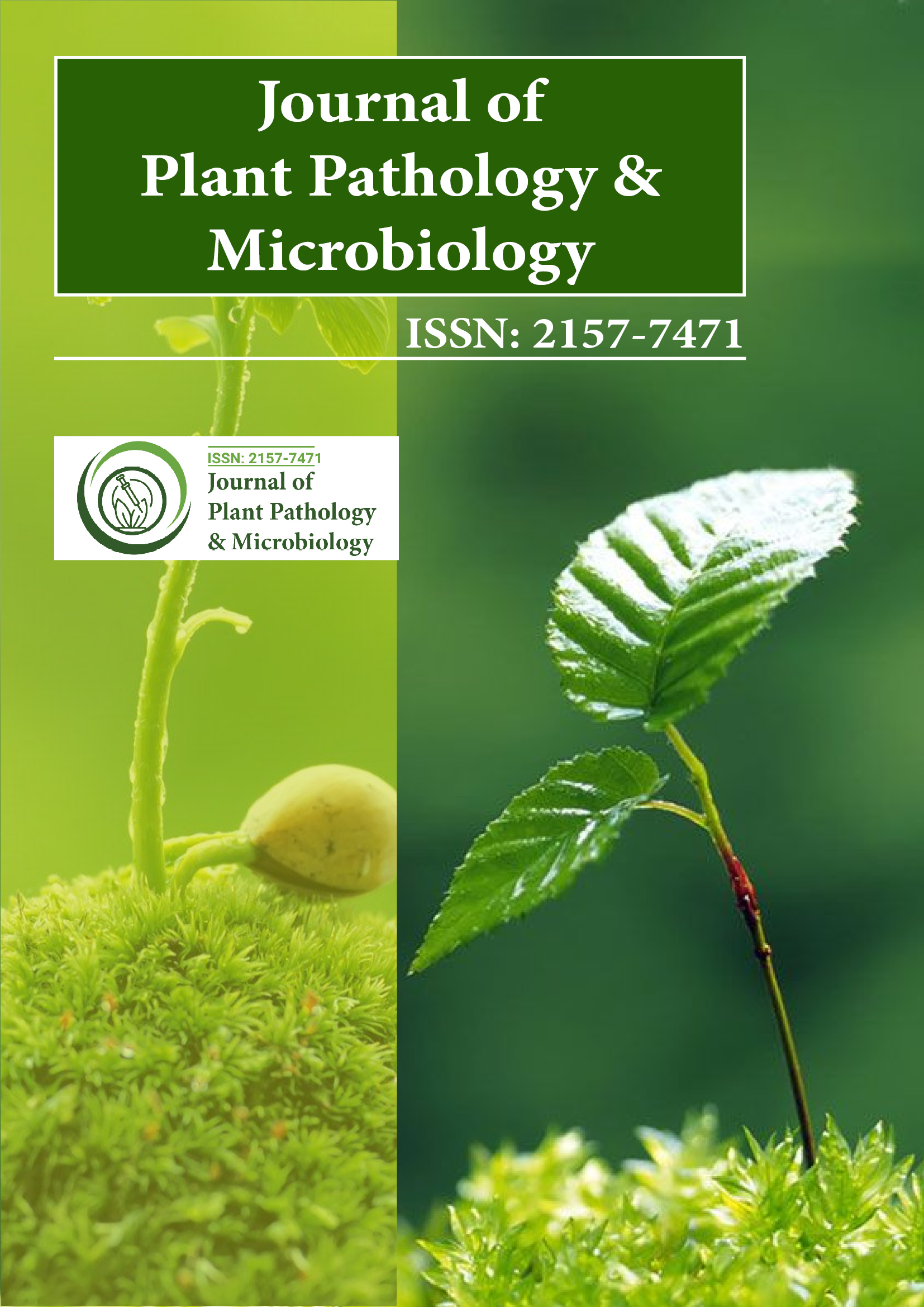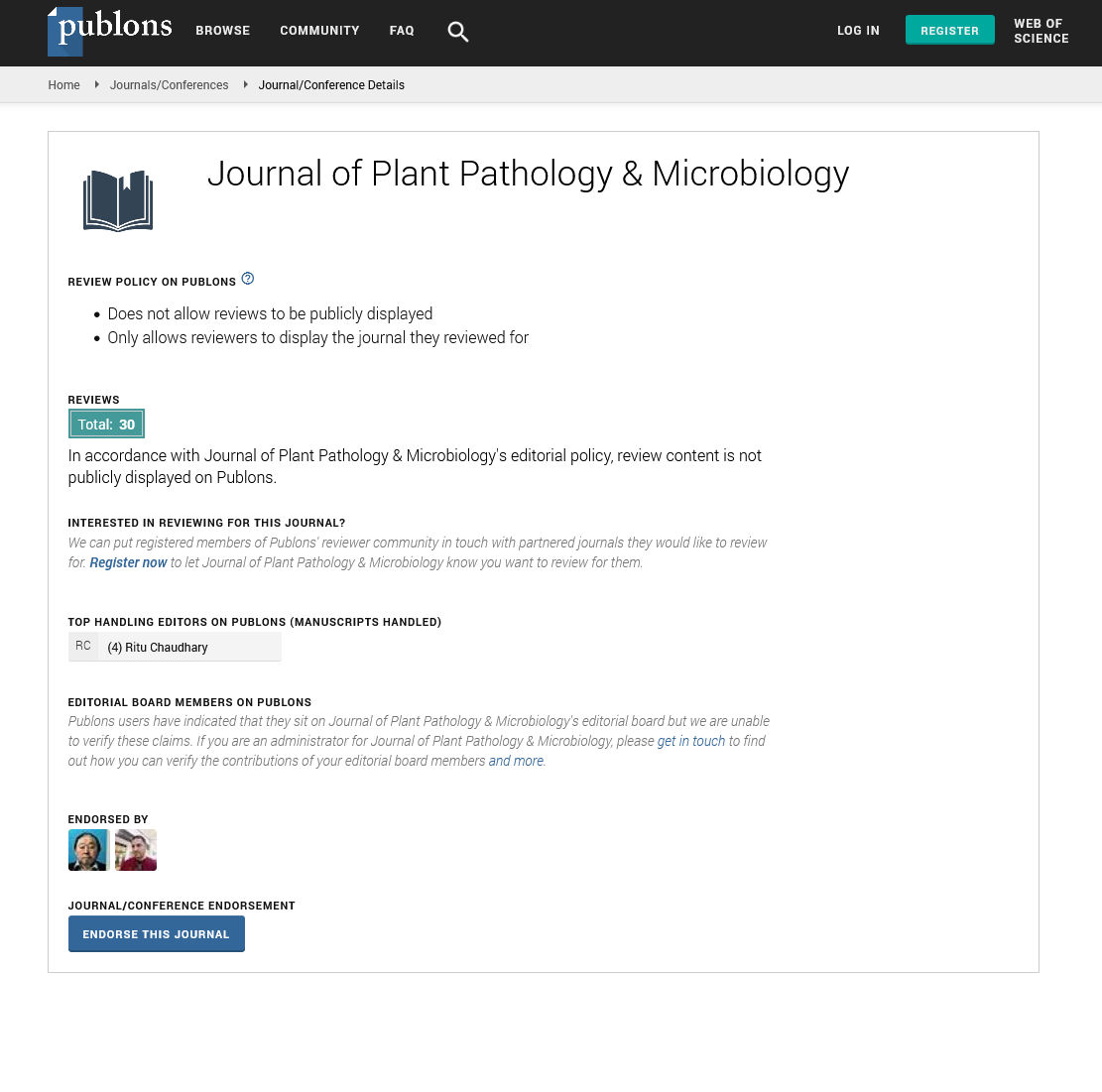Indexed In
- Open J Gate
- Genamics JournalSeek
- Academic Keys
- JournalTOCs
- CiteFactor
- Ulrich's Periodicals Directory
- Access to Global Online Research in Agriculture (AGORA)
- Electronic Journals Library
- Centre for Agriculture and Biosciences International (CABI)
- RefSeek
- Directory of Research Journal Indexing (DRJI)
- Hamdard University
- EBSCO A-Z
- OCLC- WorldCat
- Scholarsteer
- SWB online catalog
- Virtual Library of Biology (vifabio)
- Publons
- Geneva Foundation for Medical Education and Research
- Euro Pub
- Google Scholar
Useful Links
Share This Page
Journal Flyer

Open Access Journals
- Agri and Aquaculture
- Biochemistry
- Bioinformatics & Systems Biology
- Business & Management
- Chemistry
- Clinical Sciences
- Engineering
- Food & Nutrition
- General Science
- Genetics & Molecular Biology
- Immunology & Microbiology
- Medical Sciences
- Neuroscience & Psychology
- Nursing & Health Care
- Pharmaceutical Sciences
Abstract
Review on Effects of Leaf-Rust Fungus on Wheat Plant and Its Management
Leaf rust, caused by Puccinia triticina, is a severe disease that poses a significant threat to wheat production worldwide, often resulting in substantial yield losses. It occurs more frequently and affects a broader range of regions compared to other wheat rust types. This review focuses on understanding the interaction between wheat and the leaf rust pathogen, the pathogen’s life cycle, its impacts on wheat growth and productivity, and management strategies. The pathogen thrives under moderate temperatures and high humidity, spreading through airborne spores. Its ability to rapidly evolve new races complicates management efforts. Severe infections can reduce grain weight and quality, impairing market value. Effective management requires integrating multiple approaches, including cultural practices, chemical controls, biological interventions, and genetic resistance. Cultural methods such as crop rotation and the use of resistant cultivars can limit pathogen spread. Chemical fungicides provide immediate control but may not be sustainable. Biological control using agents like Pseudomonas putida offers eco-friendly alternatives. However, genetic resistance remains the most effective and sustainable strategy, particularly in resource-constrained regions. This review emphasizes the need for a comprehensive approach, combining genetic resistance with other strategies, to mitigate the economic and agricultural impact of wheat leaf rust.
Published Date: 2025-05-21; Received Date: 2024-03-20

